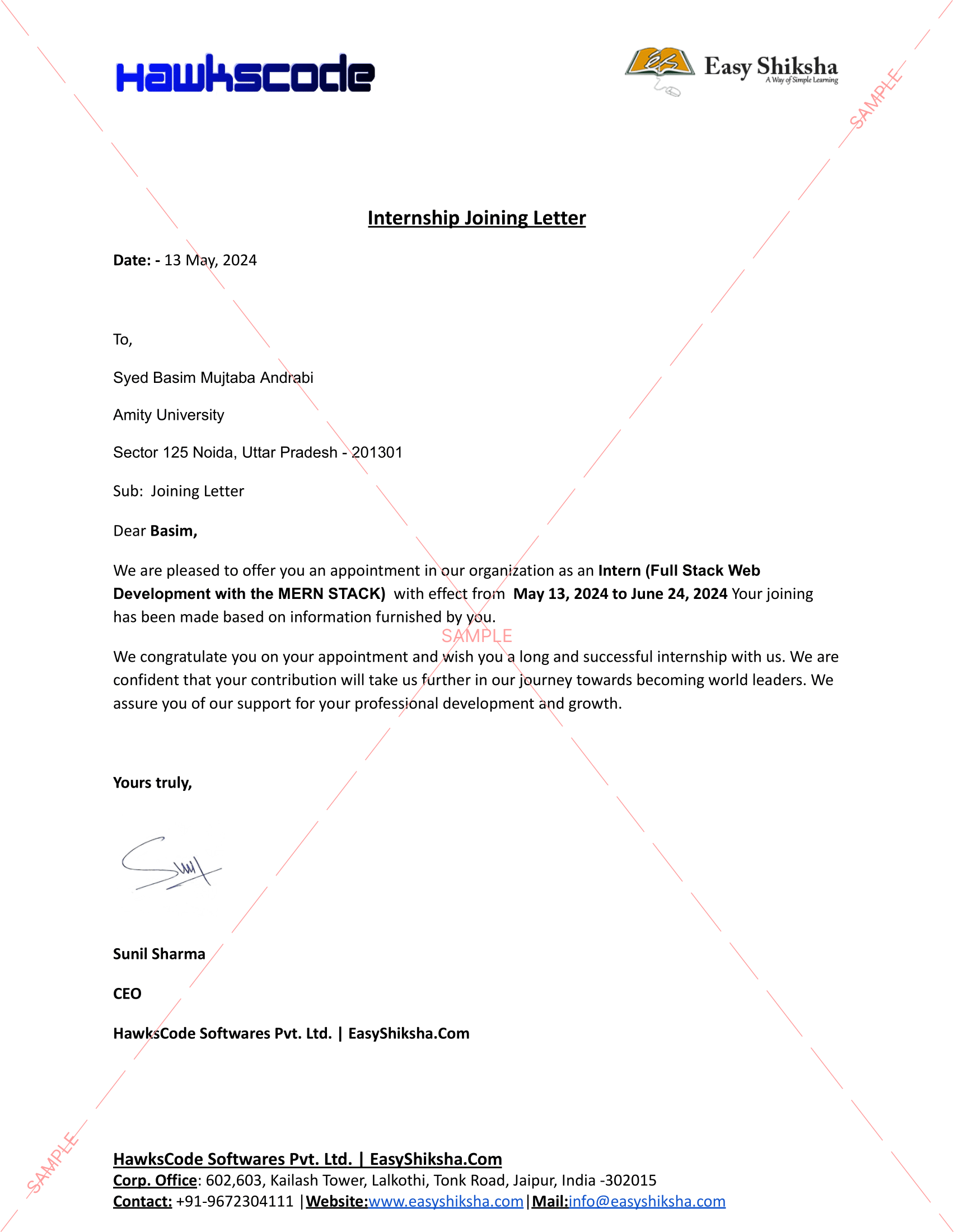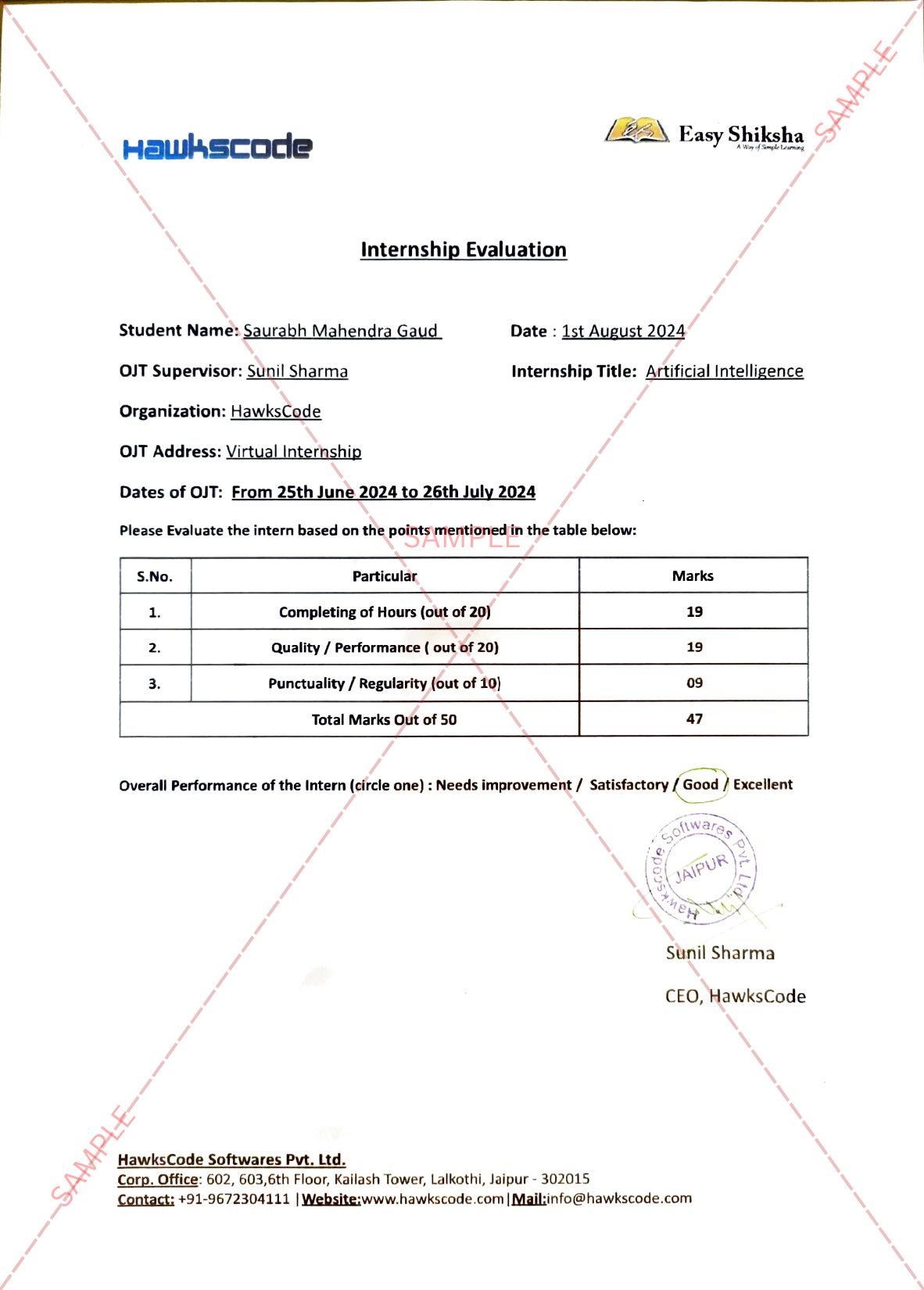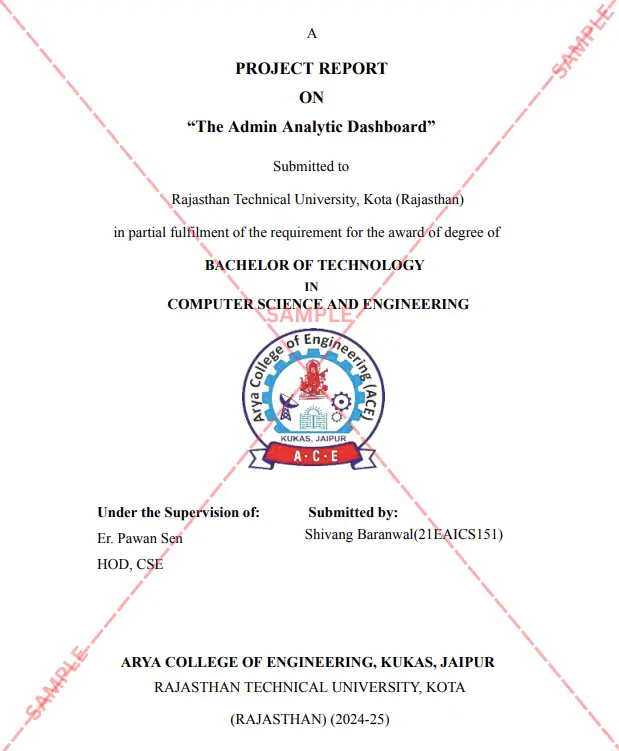










In just a few years, Generative AI has completely changed the way we use technology.
Machines today can do more than process data. They can create blog posts, images, videos, and even music.
At its core, generative AI studies huge amounts of data. It learns patterns and uses them to create something new.
But with this new power also comes new responsibility. Developers must carefully consider how these tools are trained and utilised. They need to focus on data quality, privacy, and fairness.
Here are the major challenges and responsibilities associated with this rapidly growing technology.
What Is Generative AI?
Generative AI, aka an artificial intelligence that can create new things using the data it learns from.
However, if used carelessly, it can also disseminate incorrect or biased content, so it needs to be handled responsibly.
The Main Goal of Generative AI
The primary goal of Generative AI is to enable machines to think creatively and generate new content independently.
It tries to create ideas, images, or text that feel human-made.
But how does it do that?
AI learns from vast amounts of data and then utilises that knowledge to create something original, rather than simply copying it. Students and professionals can explore AI Machine Learning courses to build expertise in this growing field.
For example, it can design clothes, write songs, or even draft business emails.
This enables work to be done faster, smarter, and more creatively.
In fields such as healthcare and research, it can even help discover new medicines or conduct scientific tests digitally.
| Industry | Use of Generative AI | Impact / Benefit |
|---|---|---|
| Marketing | Automated ad copy, visuals | Increased efficiency and personalisation |
| Education | Interactive learning content | Improved student engagement |
| Healthcare | Drug discovery, image analysis | Faster diagnosis and treatment |
| Design | Product and fashion design | Creative innovation |
| Entertainment | Music, scripts, and games | Enhanced creativity and production |
Responsibilities of Developers Using Generative AI
The key responsibility of developers is to ensure that these systems are safe, transparent, and ethical.
Responsible AI development protects both users and the credibility of technology itself.
| Key Responsibilities | Description |
|---|---|
| Ethical Data Use | Train models only on verified and unbiased data |
| Transparency | Clearly disclose AI usage and data sources |
| Safety | Prevent misuse such as deepfakes or misinformation |
| Accountability | Regularly audit and update AI models |
Challenges Generative AI Faces with Respect to Data
One of the biggest challenges with Generative AI is the availability of data.
AI learns everything from the data it’s trained on, so if the data is bad, the results will also be wrong.
If the data contains bias or errors, the AI may produce unfair or inaccurate outputs.
For example, an image tool trained on limited data may not accurately represent all people or cultures.
Another big issue is privacy.
Many AI tools learn from publicly available data, which may sometimes include personal or sensitive information.
If not handled carefully, that data can get leaked or misused.
Lastly, storing and managing large amounts of data can be challenging.
It needs strong security and can also be very costly to maintain.
| Data Challenge | Impact on AI Models | Possible Solution |
|---|---|---|
| Data Bias | Produces unfair or skewed results | Use balanced and diverse datasets |
| Privacy Risks | Leaks or misuse of user data | Anonymise and secure data storage |
| Copyright Issues | Legal and ethical violations | Train only on licensed data |
| Data Volume | High computational cost | Optimise training and use cloud storage |
Generative AI has huge potential, but only if we utilize it effectively.
Ultimately, responsible innovation is what keeps technology human. It’s what makes creativity meaningful without losing trust, privacy, or fairness.
To conclude, generative AI represents both immense potential and profound responsibility. Its primary goal is to create new, meaningful content that mimics human intelligence.
However, the responsibility of developers using generative AI extends beyond innovation. It includes building systems that are ethical, secure, and fair.
Generative AI faces data challenges. We can address these issues with improved data management, transparency, and bias control.
When guided properly, generative AI can become a powerful and positive tool shaping the future of technology.
More News Click Here

Discover thousands of colleges and courses, enhance skills with online courses and internships, explore career alternatives, and stay updated with the latest educational news..

Gain high-quality, filtered student leads, prominent homepage ads, top search ranking, and a separate website. Let us actively enhance your brand awareness.